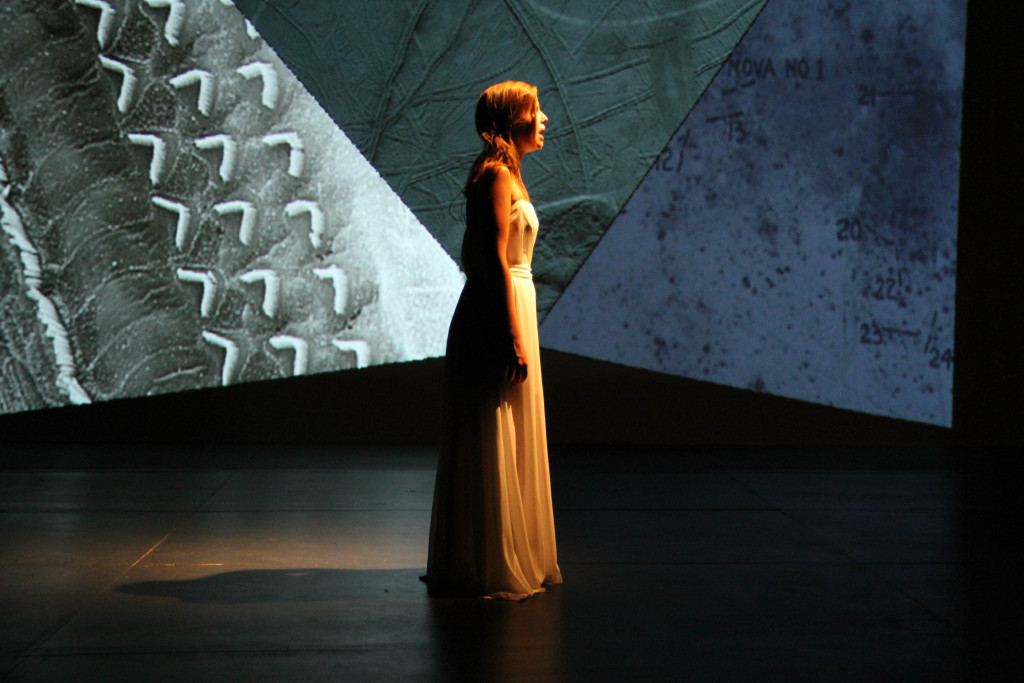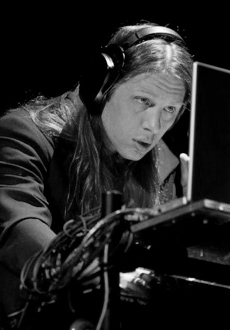In Just Call Me God! John Malkovich plays a megalomaniacal dictator teetering on the brink of madness in a one-man show exploring the idea that absolute power corrupts absolutely.

Martin Haselböck (organ) and Franz Danksagmüeller (composer/organist, LinnStrument and Kyma processing) — respond to Malkovich’s words with music by Bach, Wagner and Schubert — in a confrontation of words against music. At one point, Danksagmüller even uses Kyma to merge the voice of Malkovich with the timbre of the organ, allowing the actor to speak with the voice of a mighty pipe organ — every power-mad dictator’s dream!

On tour this spring in Europe and Russia, the group is arranging bring their message to a worldwide audience early in 2018.
08-10 March 2017
Hamburg, Elbphilharmonie
12-13 March 2017
Vienna, Konzerthaus
15 March 2017
Amsterdam, Concertgebouw
18 March 2017
Groningen, De Oosterport
21 March 2017
Birmingham, Symphony Hall
23-25 March 2017
London, Union Chapel
28 March 2017
Luxembourg, Philharmonie
2 April 2017
Moscow, House of Music
4 April 2017
Budapest, Palace of Arts
9 April, 2017
Munich, Residenztheater


